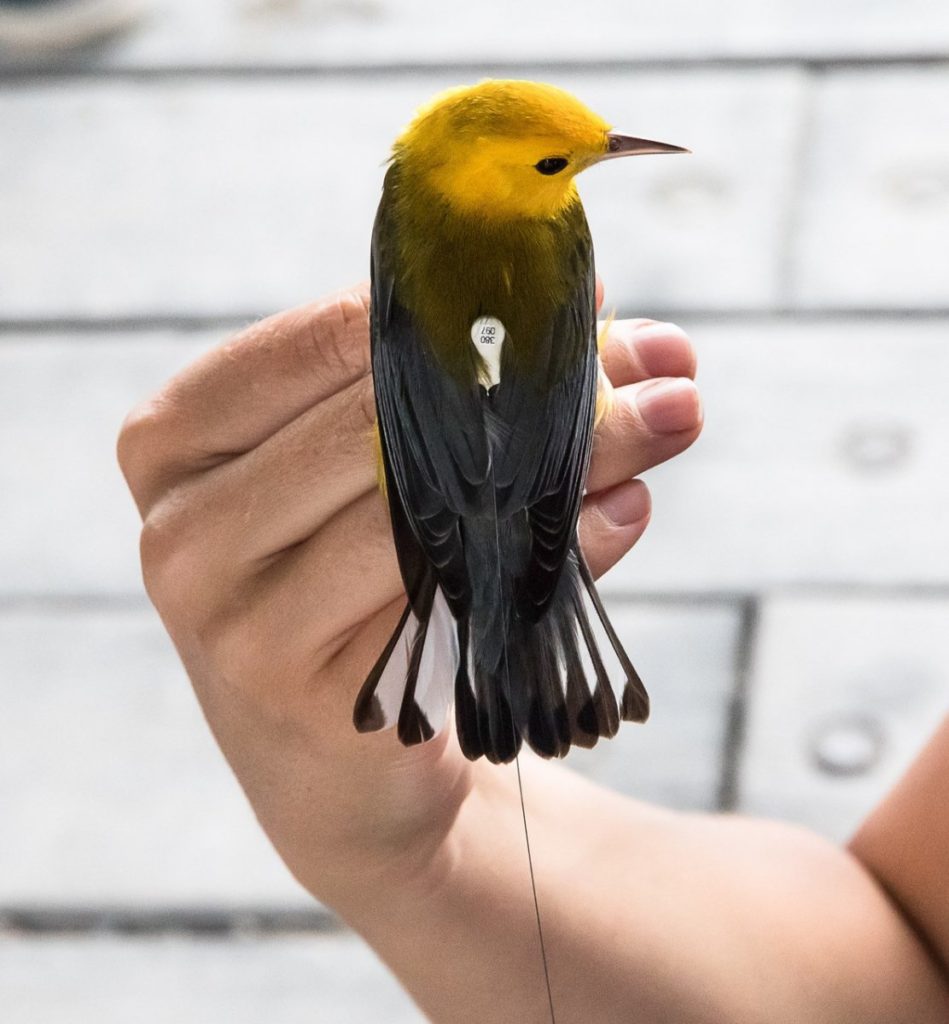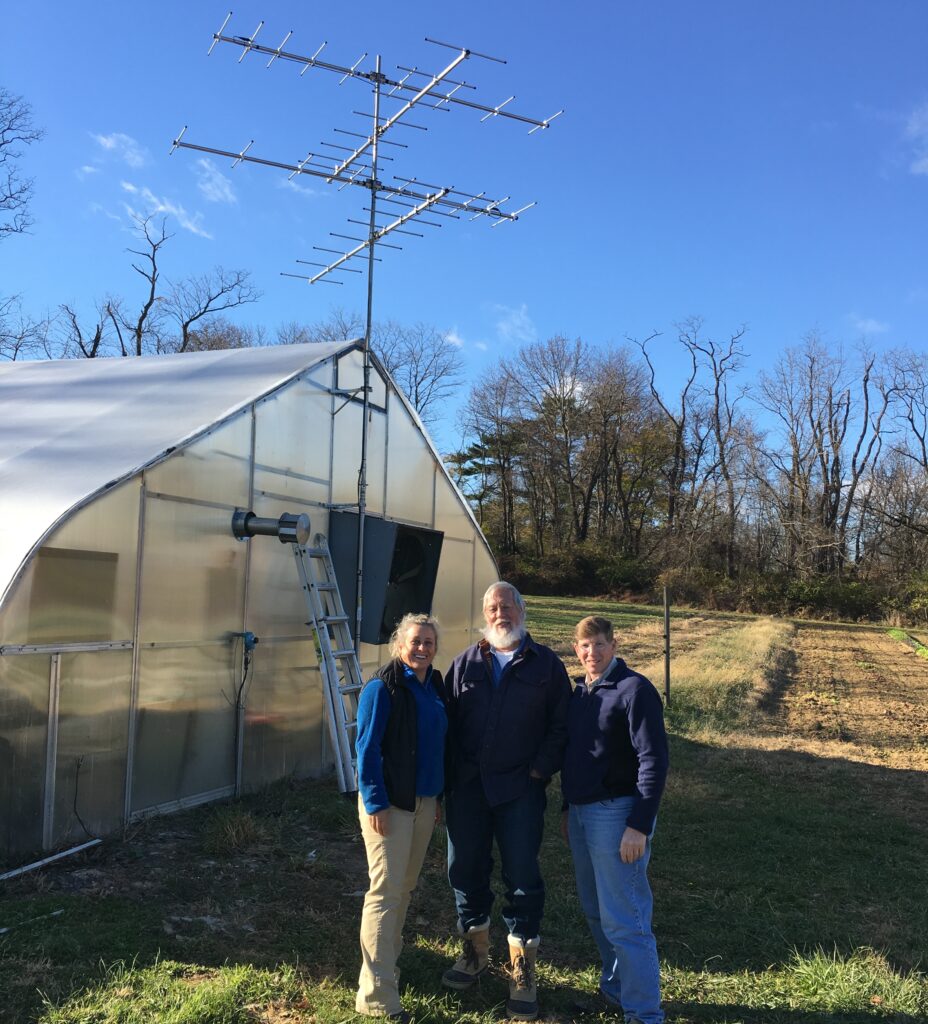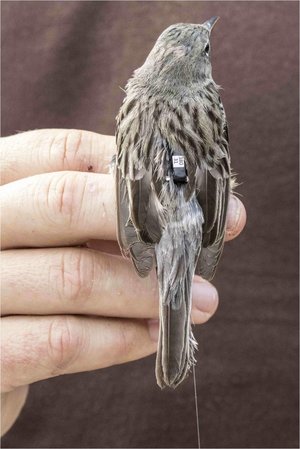


WHO WE ARE | The Northeast Motus Collaboration is a partnership between the Willistown Conservation Trust, Chester County, PA; the Ned Smith Center for Nature and Art, Dauphin County, PA; Project Owlnet, a cooperative research project involving more than 125 independent owl-research sites in North America; and Powdermill Nature Reserve, Carnegie Museum of Natural History (Carnegie Institute), Rector, PA.
WHAT IS MOTUS | Motus Wildlife Tracking System project is coordinated by Birds Canada, and now includes hundreds of collaborating institutions, agencies, and independent researchers. With small Motus towers in place from Nunavut, Canada to Chile, more than 22,000 animals representing more than 200 species, including songbirds, raptors, seabirds, bats, monarch butterflies, and migratory dragonflies, have been tagged by dozens of participant researchers. See Motus by the Numbers for more information.
Motus' goal is to combine individual research projects into a massive, collaborative, coordinated, hemispheric network of VHF nanotag receiver stations, allowing researchers to track the movements of flying animals too small to support traditional satellite or GPS telemetry. All participants use a single shared radio frequency, shared infrastructure, a shared database, and (within reason) shared results. Movement tracks are presented on the Motus website for public education in a way that does not jeopardize the publications or research interests of the individual cooperators.
Nanotag transmitters currently weigh as little as 0.3g and all operate on 166.380 Mhz, emitting a coded microburst pulse that allows each individual tag to be instantly identified. Using the coded ID system, the receiver stations do not have to cycle through many different frequencies to locate a tagged animal—and any organism wearing a nanotag can be detected and continually tracked at any receiver station.




